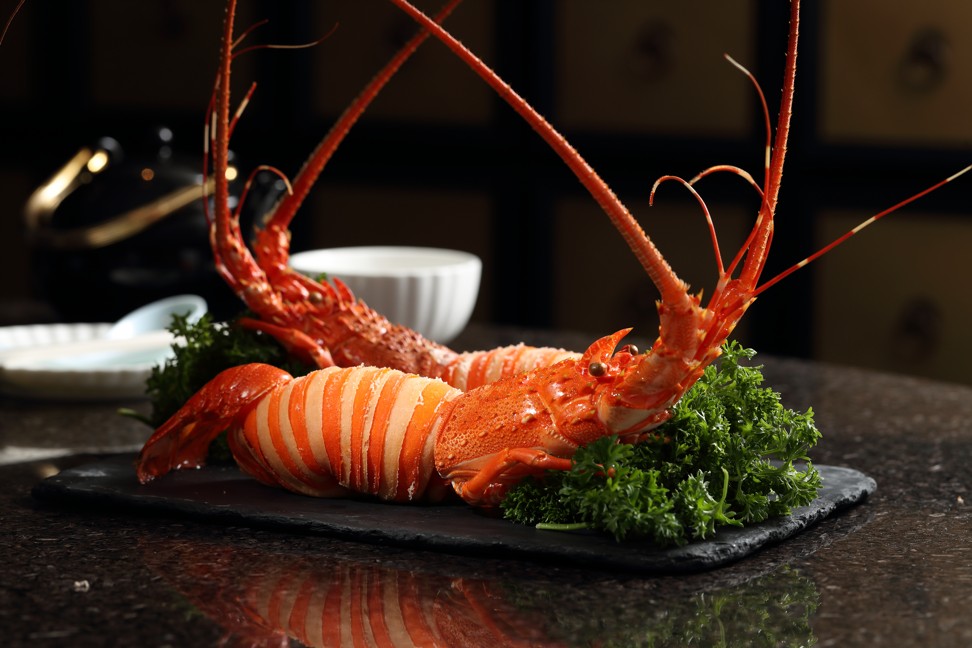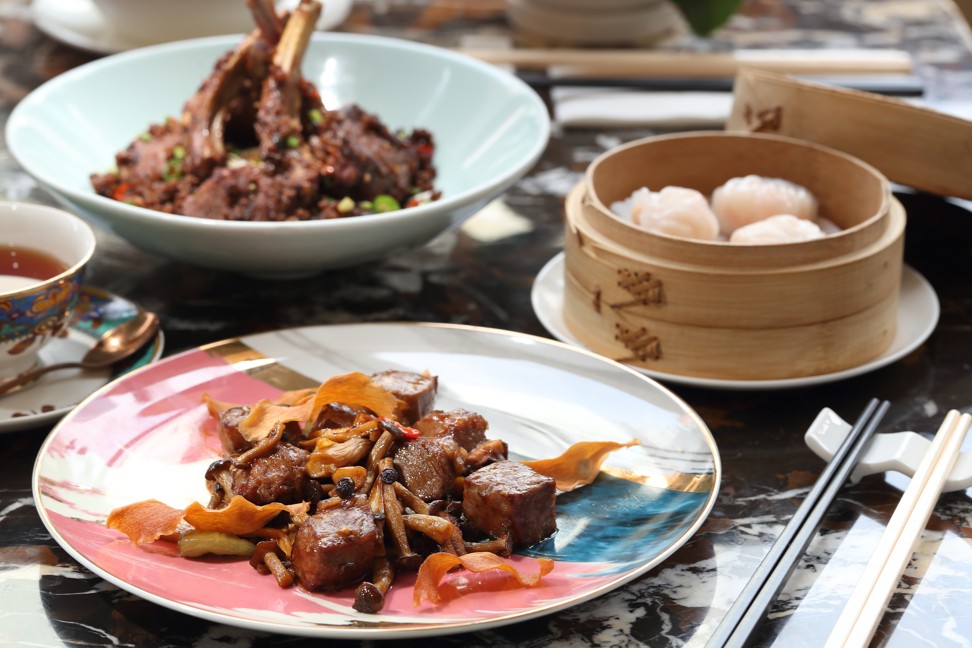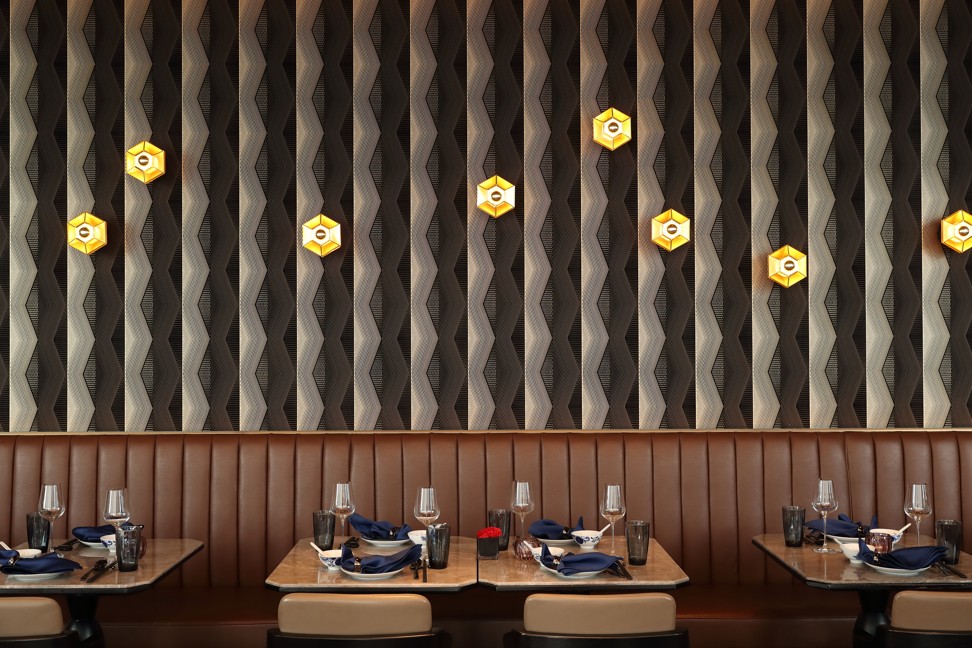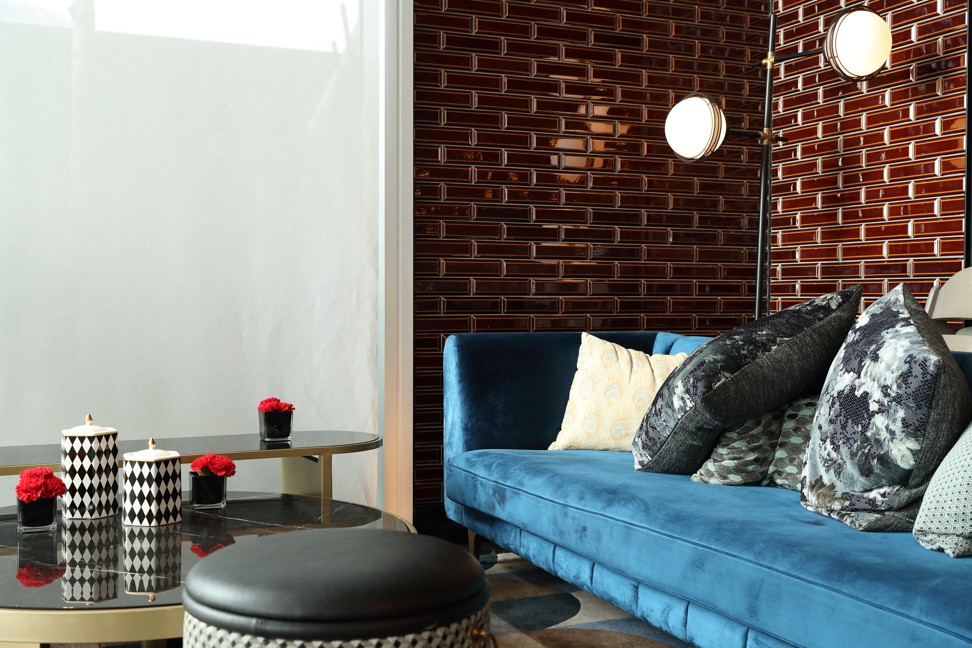Where to eat in Hong Kong: chinese restaurants that kick things up with kung fu and Shanghai vibes

Dining out is not only about eating good food. There is an emerging trend of Chinese restaurants creating memorable experiences by using their spaces to transport diners into another world, whether it is back to a 1960s shop house or a Grand Café in 1920s Shanghai, or even 1970s kung fu movie sets. These are some of the experiences now available to diners in Hong Kong.
Kenneth Ng, general manager of Dining Workshop, the group that opened Dragon Noodles Academy in Central two years ago, says that going out to just eat noodles is boring and so he created a 1970s kung fu movie ambience in his restaurant. “When I was young, I was naughty, so my parents made me join the army. I was 19 years old at the time. I learned kung fu and loved it. I learned many kinds of martial arts, so when I started in restaurants, I thought, if we only provide food it will be very boring. So I mixed martial arts culture with food.
Everything we do should be following the trend, or be ahead of it
“When diners come here, I can show them the basics of the Chinese martial arts culture, like the [kung fu] wooden sticks at the front and the lion heads on the wall,” says Ng.
And eating at Dragon Noodles Academy is entertaining, with not only the many lion heads on the wall but also a five-metre custom-made dragon at the entrance, which took 45 days and six people to craft. “It weighs 1,000 pounds,” says the 35-year old restaurateur. The bar recalls a traditional Chinese medicine shop with craft beer served out of handcrafted copper wulu. The interaction of food and theme takes place with noodle-making performances and the mixologists in Chinese vests paired with jeans serving old-meets-new cocktails with names such as Dragon Palm Strike and Chang-er’s Collins.
“The dim sum is not different here but we name them after kung fu elements,” says Ng, who is opening the popular eatery in Sydney this June, followed by London, Los Angeles, Japan and Singapore in the near future.
The recently-opened Madame Fu takes the experience a step further by having a detailed storyline to complement the ambience. Known for trendsetting in Hong Kong’s restaurant scene, owner Christian Rhomberg, who co-founded the 1997 restaurant and nightclub in Lan Kwai Fong in the 1980s, and, more recently, the Kee Club, says the story of Madame Fu, located in Tai Kwun, the old Central police station, is how he feels about the place and its energy.
Rhomberg says his daughter said, “’Dad, you have to make this place female. Don’t emphasise the police station’. I said, ‘I totally agree.’ My places are always women-friendly or women-oriented. That is why we were looking for a female name. And then we said it must have a character and that character should come out of the past, one combining, celebrating and enjoying the fusion of Western and Chinese lifestyles – it was [describing] 1930s Shanghai. So that is where the idea comes from. Shanghai is this place that draws talent, female talent specifically. Girls from all over China come to Shanghai, like they would come to New York to make it.”
This Chinese restaurant, on the third floor of the old barrack block, has an aura of Madame Fu. “The real Madame Fu was a lady who came from no particular background but she was exceptionally smart and beautiful. She had her experiences in Shanghai and then wanted to go to Paris, as that was everybody’s dream,” says Rhomberg. “She had a sponsor to send her to university in Paris, and there she discovered salon life and brought this dream back to Shanghai. In her more personal story, her sponsor married her and he was very rich but he soon passed away so she ended up being sufficiently wealthy to afford to have the salon.”
The magic of Madame Fu is infectious as you look through each space. One small room is pink and feminine, whereas the library is more masculine. A portrait of Madame Fu hangs by the entrance of the restaurant bar area on the balcony. The all-day venue offers not just dining but also hosts art and various events.
“I knew I wanted to do art here. The art shows we have are not fixed decoration and I am working with different galleries to keep them interesting, as I follow interesting artists. Madame Fu should not be a place that creates and keeps alive one formula that stays the same. Everything we do should be following the trend, or be ahead of it. In terms of the food, we want to become more healthy and source healthy ingredients. We already have a lot of vegetarian dishes and now we are working on a big selection of interesting non-alcoholic drinks because a lot of people do not want to drink all the time but still want to enjoy a good drink.”
When diners come here, I can show them the basics of the Chinese martial arts culture, like the [kung fu] wooden sticks at the front and the lion heads on the wall
Over in Tsim Sha Tsui, HEXA opened last year at Ocean Terminal’s new extension. It is spacious with a lounge and bar next to the Chinese restaurant and a patio lawn area on the harbourfront that often hosts club nights with guest DJs. But the decor is all about the 1960s Victorian shophouse.
The backstory, says Don Fung, operations manager at HEXA, is a 1960s salon inside a Victorian-style house on Victoria Harbour where six traders – hence the name HEXA – from across China come to share their wares over dinner and drinks. The interior is by well-known designers Steve Leung and Tino Kwan. The duo has created a feel of the 1960s in a contemporary harmonised manner, using geometric designs, beaded room dividers that hang between seating booths, floral wall paper and carpeting.
The dining room is called Passion and the lounge bar, named Love, is done in popular 1960s materials such as velvet chairs. The wall mural – though geometric in nature – represents lanterns floating down a river. The tableware, too, has an old-school feel with blue and white ceramics in contemporary patterns. The menu has old favourites that have been refined to suit today’s palate, such as the blue lobster in butter sauce on turnip cake. The outside area next to the harbour is a popular wedding venue.
Want more stories like this? Sign up here. Follow STYLE on Facebook, Instagram and Twitter

- From the martial arts ambience at Dragon Noodles Academy to the rich 1960s theme at Madame Fu, a raft of Chinese eateries is giving Hongkongers a 360-degree experience in dining out












